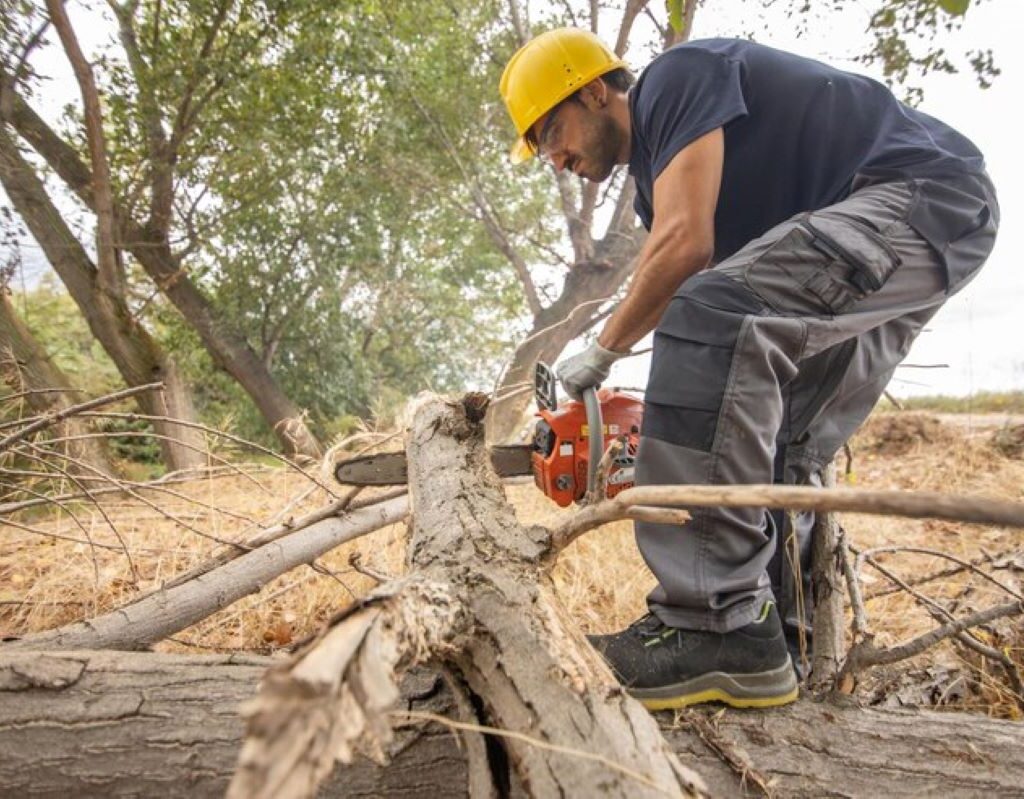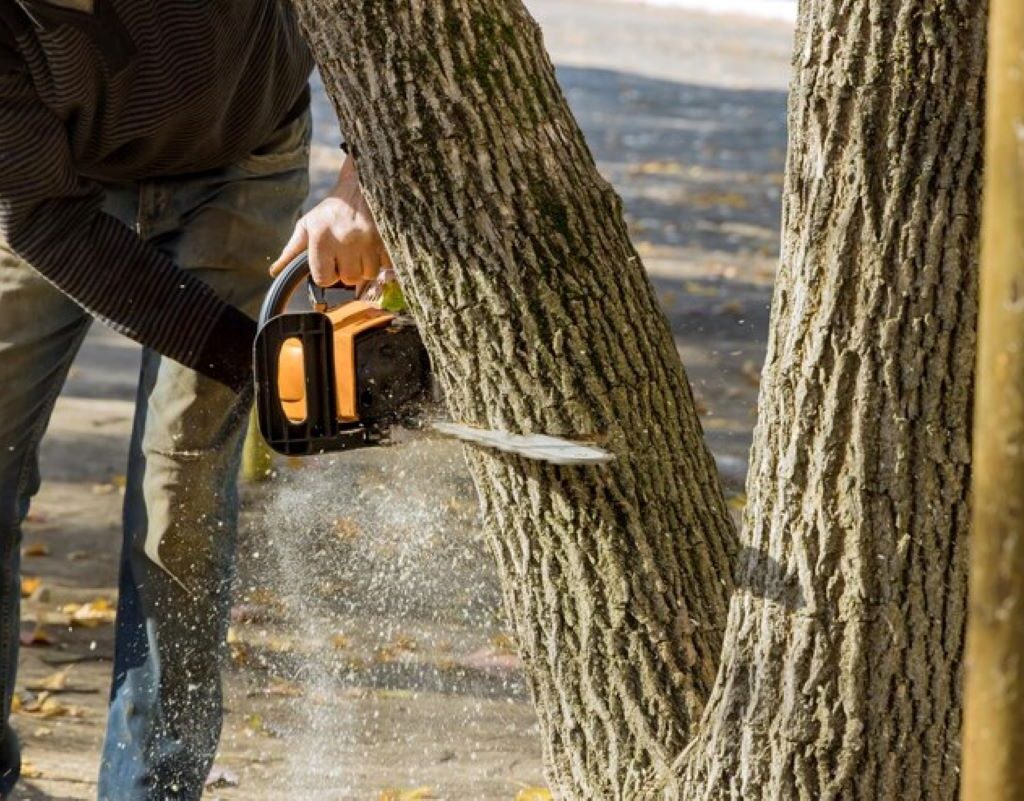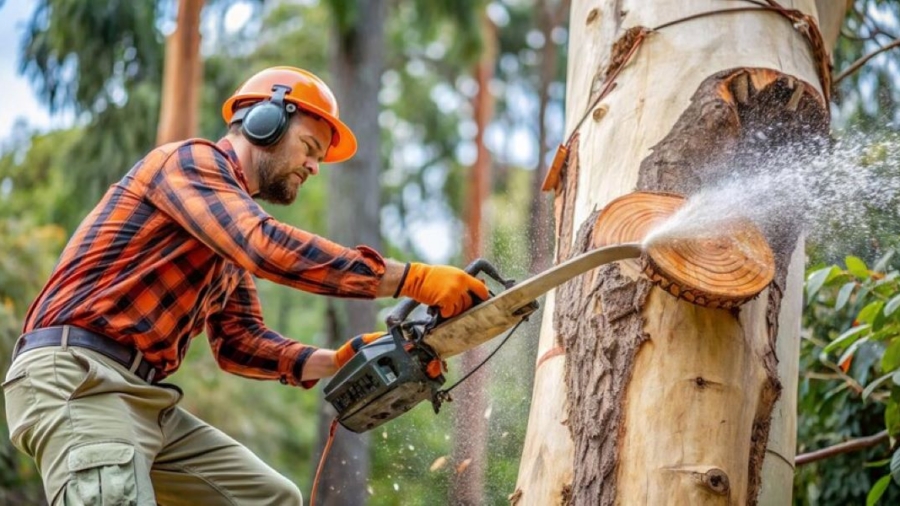Trees play a vital role in maintaining the ecological balance of our environment. They provide shade, improve air quality, and help prevent soil erosion. However, there are times when tree removal becomes necessary due to various reasons such as safety concerns, development projects, or landscaping changes. Councils have implemented tree removal regulations to ensure that these actions are carried out responsibly and with minimal impact on the environment and community. In this article, we will delve into the importance of these regulations, provide an overview of the key elements, discuss the permit process, highlight the penalties for non-compliance, and offer tips for complying with tree removal regulations.
The Importance of Tree Removal Regulations
Many people might question the need for the council tree removal regulations, but these policies serve crucial purposes. Firstly, trees are essential for maintaining a healthy environment. They help in reducing carbon dioxide levels, producing oxygen, and improving air quality. Additionally, trees provide habitat for wildlife, contribute to the biodiversity of an area, and enhance the aesthetic appeal of neighborhoods. Therefore, any removal of trees should be approached with caution and consideration of the potential impact.
Secondly, tree removal without proper regulations can lead to safety concerns. Weakening or diseased trees could pose a significant threat to nearby properties, pedestrians, and vehicles. Council regulations aim to address these potential risks and ensure that tree removal is conducted in a safe and controlled manner.
Environmental Impact of Tree Removal
When a tree is removed, its ecological benefits are lost as well. The process of photosynthesis, which contributes to carbon sequestration, is disrupted. This can result in an increase in carbon dioxide levels and an imbalance in the ecosystem. Moreover, trees provide shade and help regulate the temperature in urban areas, reducing the heat island effect. Removing trees can exacerbate the heat problem and lead to various environmental consequences.
Furthermore, trees play a crucial role in water management. Their root systems absorb and store water, reducing the risk of flooding and soil erosion. Without trees, the natural water cycle can be disrupted, leading to increased runoff and decreased groundwater recharge. This can have far-reaching consequences for the availability of clean water and the overall health of ecosystems.
Safety Concerns and Tree Removal
While trees are generally beneficial, there are situations where their presence becomes a safety hazard. Trees with large, overhanging branches or trees that are leaning dangerously pose significant risks to people and property. Councils aim to address these issues through tree removal regulations to ensure public safety.
Storms and extreme weather events can also weaken trees, making them more susceptible to falling. By implementing tree removal regulations, councils can identify potentially hazardous trees and authorize their removal before they cause harm.
Moreover, tree removal regulations also consider the impact on the surrounding infrastructure. In urban areas, trees are often planted near roads, sidewalks, and utility lines. If not properly maintained or removed, the roots of these trees can cause damage to underground pipes, foundations, and pavement. By implementing regulations, councils can ensure that tree removal is carried out in a way that minimizes disruption to the built environment.
Overview of Council Tree Removal Regulations
Tree removal regulations vary among councils, but they generally share common elements. Understanding these elements is crucial for anyone considering tree removal to ensure compliance with the relevant policies.
When it comes to council tree removal regulations, it’s essential to delve deeper into the specifics to navigate the process effectively. Beyond just obtaining permits, individuals must also consider the ecological impact of tree removal and the broader implications for the community and environment.
Key Elements of Tree Removal Policies
Key elements of council tree removal policies often include guidelines on the types and sizes of trees that require permits for removal. Some policies may specify protected tree species, which require additional approval before removal. Council regulations typically outline the process for obtaining permits, highlight the documentation required, and provide information on any associated fees.
Delving into the intricacies of these policies reveals a nuanced approach to balancing urban development with environmental conservation. By identifying specific tree species that are deemed significant for biodiversity or cultural heritage, councils aim to preserve the unique characteristics of their local ecosystems.
Common Restrictions and Requirements
Common restrictions imposed by council tree removal regulations include limitations on the number of trees that can be removed within a specified timeframe and requirements for planting new trees to offset the removal. Councils may also enforce guidelines for tree preservation during construction projects, requiring developers to take measures to protect trees on building sites.
Moreover, these regulations serve as a testament to the growing awareness of the importance of urban green spaces in promoting community well-being. By mandating the preservation of trees and the integration of green infrastructure in urban planning, councils are taking proactive steps to enhance the quality of life for residents and mitigate the effects of climate change.
Furthermore, tree removal regulations often require the use of licensed and certified arborists or tree surgeons for undertaking tree removal activities. This ensures that the removal is carried out by professionals who have the necessary skills and knowledge to minimize potential negative impacts on surrounding trees and the environment.
By prioritizing the expertise of trained professionals in tree care, councils aim to uphold standards of safety and sustainability in tree management practices. This emphasis on qualifications underscores the importance of responsible stewardship of trees in both urban and rural landscapes.
Navigating the Permit Process
Obtaining a permit for tree removal can often be a complex and time-consuming process. However, it is essential to follow the proper procedures to avoid legal consequences or fines. Here is a step-by-step guide to help you navigate the permit process smoothly.
Steps to Apply for a Tree Removal Permit
- Research and Understand the Regulations: Familiarize yourself with the specific regulations and requirements set by your local council.
- Determine the Need for a Permit: Assess whether your tree removal activity falls under the criteria that require a permit.
- Gather Required Documentation: Prepare all necessary documents, such as property ownership proof, tree assessments, and arborist reports.
- Submit the Application: Complete the application form provided by the council and submit it along with the required documentation.
- Pay Fees: Some council tree removal regulations involve fees for permit applications. Ensure that you have included the necessary payment.
- Wait for Review and Approval: The council will review your application and make a decision based on their assessment of the project’s impact on the environment and community.

Understanding the Review and Approval Process
The review and approval process can take varying amounts of time depending on the council and the complexity of the project. It is important to be patient throughout this process. If your permit application is approved, you will receive written documentation granting permission for tree removal. If your application is denied, you may have the option to appeal the decision or modify your plans to meet the council’s requirements.
During the review and approval process, the council carefully evaluates the potential impact of the tree removal on the surrounding environment and community. They take into consideration factors such as the tree’s species, size, health, and location. Additionally, they assess the necessity of the removal and whether there are any viable alternatives to preserve the tree.
It is worth noting that some councils have specific guidelines for tree replacement. If your permit is approved, you may be required to plant new trees to compensate for the loss. These replacement trees are often chosen based on their compatibility with the local ecosystem and their ability to provide similar ecological benefits as the removed tree.
Furthermore, the council’s decision-making process involves consultation with various stakeholders, including environmental experts, community representatives, and relevant government agencies. This collaborative approach ensures that the final decision is well-informed and takes into account the diverse perspectives and interests involved.
Penalties for Non-Compliance
Non-compliance with council tree removal regulations can result in significant penalties and legal consequences. It is essential to understand and abide by these regulations to avoid any unnecessary fines or legal action.
Ensuring compliance with tree removal regulations is not only a legal obligation but also a crucial step in preserving the environment and maintaining the ecological balance within communities. Trees play a vital role in providing clean air, shade, and habitat for wildlife. By following the regulations set forth by the council, individuals contribute to the sustainability and well-being of their surroundings.
Potential Fines and Legal Consequences
The fines for illegally removing trees can vary depending on the jurisdiction and the severity of the violation. In some cases, fines can reach thousands of dollars per tree. Repeat offenders may face even higher penalties or additional legal actions.
Furthermore, legal consequences can extend beyond monetary fines. Individuals found guilty of illegal tree removal may be required to attend environmental education programs, participate in community service related to conservation efforts, or be subject to probationary terms that restrict future land use activities. These additional consequences aim to educate offenders on the importance of environmental stewardship and promote a culture of responsible land management.
Legal consequences can include orders to replace removed trees, restoration of the affected site, and potential criminal charges in extreme cases. These consequences not only carry financial implications but can also damage personal reputations and relationships within the community.
Restorative Actions for Illegal Tree Removal
If an illegal tree removal occurs, councils may require restorative actions to compensate for the environmental damage caused. This can involve replanting trees, paying for environmental rehabilitation, or other measures determined by the council. The costs associated with these restorative actions can be substantial and may outweigh any perceived benefits gained from the illegal removal.
Restorative actions serve as a means to rectify the harm caused by illegal tree removal and promote the regeneration of natural ecosystems. By actively participating in these restorative measures, individuals not only fulfill their legal obligations but also contribute to the long-term sustainability of the environment. Councils may provide guidance and resources to support individuals in carrying out these restorative actions effectively, fostering a sense of environmental responsibility and community engagement.

Tips for Complying with Tree Removal Regulations
Complying with tree removal regulations can be challenging, but with careful planning and the assistance of professionals, the process can be made more manageable and efficient.
Working with Certified Arborists and Tree Surgeons
Engaging certified arborists or tree surgeons is highly recommended for any tree removal project. These professionals have the expertise required to identify and assess the condition of trees, determine appropriate removal methods, and minimize negative impacts. They can also help navigate the permit process and ensure compliance with council tree removal regulations.
Planning Ahead for Tree Removal
Advance planning is crucial when it comes to tree removal. Considering alternatives to removal, such as pruning or transplanting, can help preserve valuable trees. If removal is necessary, preparing all required documentation in advance and applying for permits in a timely manner will help streamline the process. Additionally, planting new trees in appropriate locations can offset the loss and contribute to the overall wellbeing of the environment.
Understanding council tree removal regulations is essential for anyone planning to remove trees. Complying with these regulations ensures the preservation of the environment, the safety of the community, and the overall sustainability of our surroundings. By following the information and steps outlined in this article, you can navigate the permit process efficiently and avoid any legal consequences. Remember, working with certified professionals and planning ahead will help make the tree removal process smoother and more environmentally responsible.

